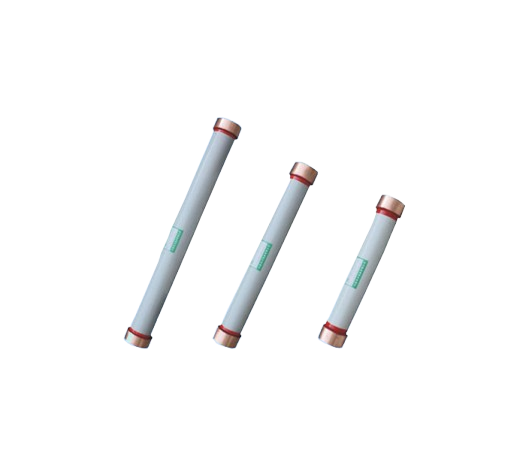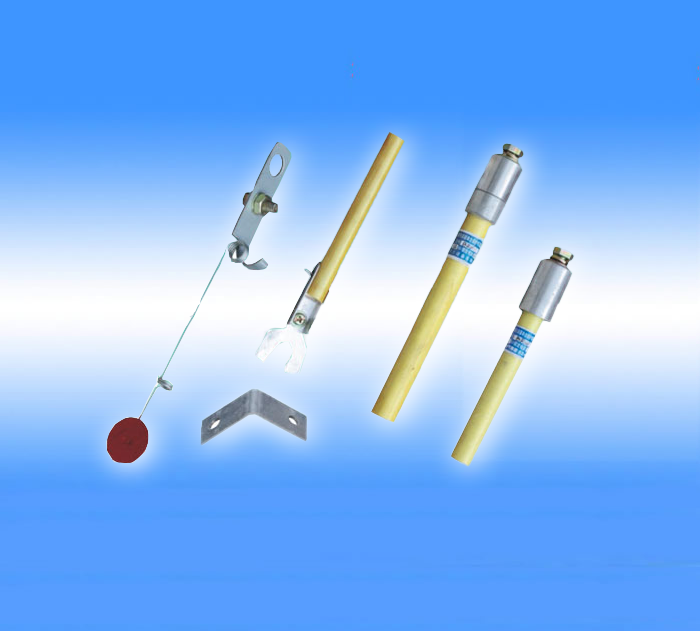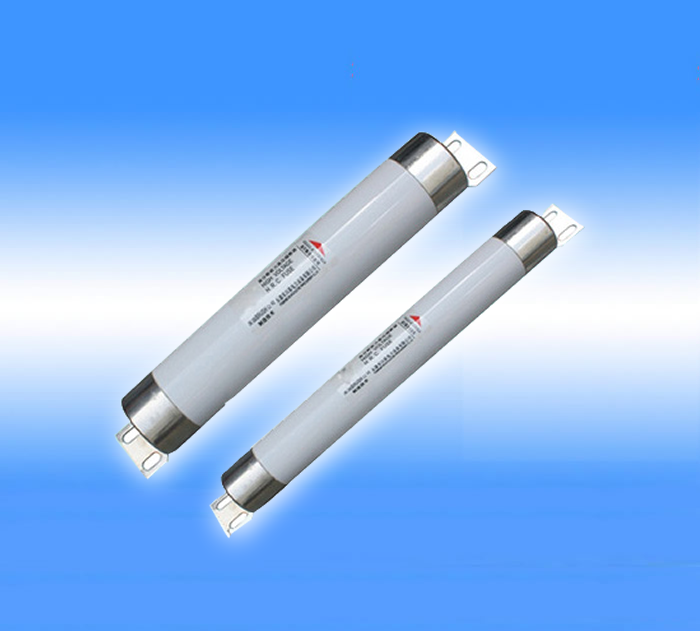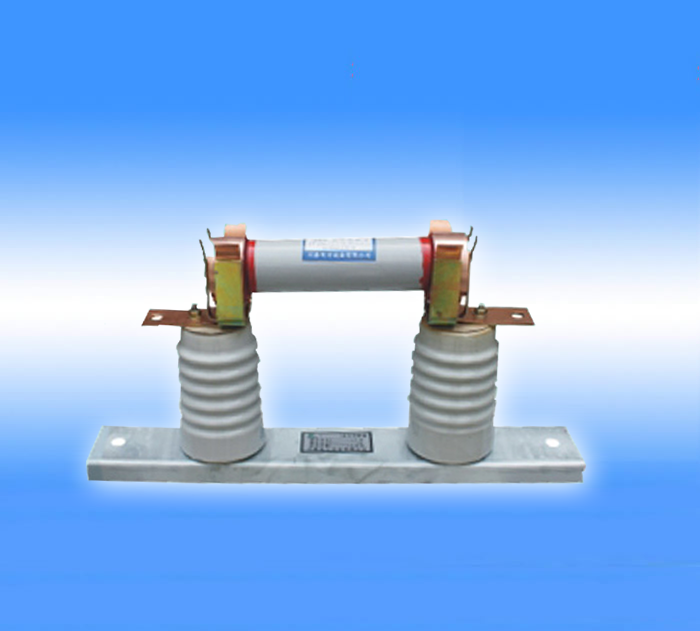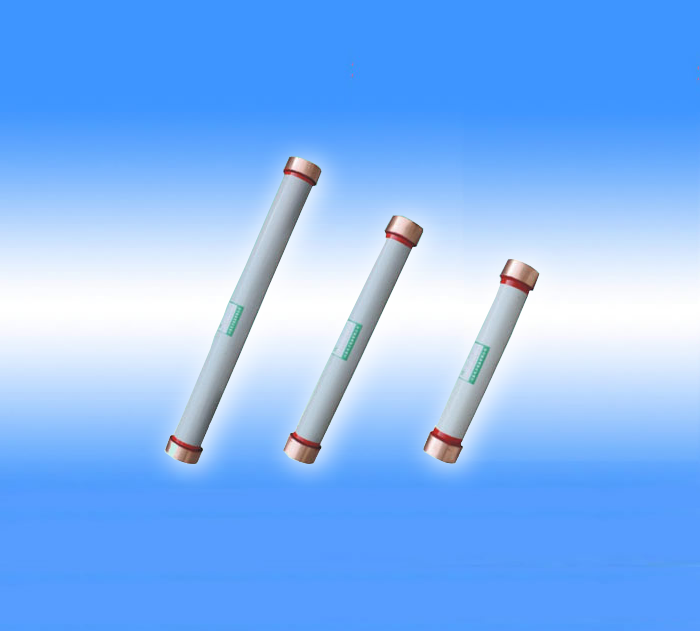
RN1, RN3 single tube high voltage fuse
Brand: lixiong
- Description
- Installation
1. Overview of RN1, RN3 indoor high-voltage current-limiting fuses
RN1, RN3 indoor high-voltage current-limiting fuses are used for overload and short-circuit protection of power lines. The so-called line is the function of the fuse to cut off the short-circuit current before it reaches its peak.
Fusing characteristics: When the current passing through the fuse is 1.3 times its rated current, it will not melt for 1 hour.
2. Use of RN1, RN3 high-voltage fuses
RN1, RN3 high-voltage indoor fuses are used for overload and short-circuit protection of power lines. This type of fuse has a large cutting capacity and can also be used to protect the roads branched from the power system. When the line short-circuit current reaches the maximum value, the fuse will cut off the line. Therefore, it is a recommended appliance to protect power equipment from damage.
3. RN1, RN3 high-voltage fuse structure
RN1, RN3 type fuses are composed of two post insulators, contact base, fuse tube, and base plate. The post insulator is installed on the base plate, the contact base is fixed on the post insulator, and the fuse tube is fixed in the contact base, but the copper caps at both ends are wound on the porcelain tube. The fuse in the fuse tube is wound on the edged core (rated current less than 7.5A) or directly installed in the tube in a spiral shape (rated current greater than 7.5A) according to the rated current, and then filled with quartz sand. The copper caps at both ends are pressed tightly with end covers and tinned to keep the seal.
When an overload current or short-circuit current passes through, the fuse melts immediately and an arc is generated. The quartz sand immediately extinguishes the arc. When the fuse melts, the spring wire also melts and pops out of the spring, indicating that the fuse has completed its task.
IV. Instructions for use of RN1, RN3 high-voltage fuses
※RN1, RN3 indoor quartz sand-filled fuses are suitable for:
(1) Altitude not higher than 1000 meters.
(2) The ambient medium temperature is not higher than +40℃ and not lower than -40℃.
※RN1, RN3 fuses cannot work in the following environments:
(1) Indoor places with relative humidity greater than 95%.
(2) Some places with combustion or explosion hazards.
(3) Places with severe vibration, swing or impact.
(4) Areas with an altitude of more than 2000 meters.
(5) Air polluted areas and special humid places.
(6) Special places (such as used in X-ray devices).
RN1, RN3 indoor high-voltage current-limiting fuses are used for overload and short-circuit protection of power lines. The so-called line is the function of the fuse to cut off the short-circuit current before it reaches its peak.
Fusing characteristics: When the current passing through the fuse is 1.3 times its rated current, it will not melt for 1 hour.
2. Use of RN1, RN3 high-voltage fuses
RN1, RN3 high-voltage indoor fuses are used for overload and short-circuit protection of power lines. This type of fuse has a large cutting capacity and can also be used to protect the roads branched from the power system. When the line short-circuit current reaches the maximum value, the fuse will cut off the line. Therefore, it is a recommended appliance to protect power equipment from damage.
3. RN1, RN3 high-voltage fuse structure
RN1, RN3 type fuses are composed of two post insulators, contact base, fuse tube, and base plate. The post insulator is installed on the base plate, the contact base is fixed on the post insulator, and the fuse tube is fixed in the contact base, but the copper caps at both ends are wound on the porcelain tube. The fuse in the fuse tube is wound on the edged core (rated current less than 7.5A) or directly installed in the tube in a spiral shape (rated current greater than 7.5A) according to the rated current, and then filled with quartz sand. The copper caps at both ends are pressed tightly with end covers and tinned to keep the seal.
When an overload current or short-circuit current passes through, the fuse melts immediately and an arc is generated. The quartz sand immediately extinguishes the arc. When the fuse melts, the spring wire also melts and pops out of the spring, indicating that the fuse has completed its task.
IV. Instructions for use of RN1, RN3 high-voltage fuses
※RN1, RN3 indoor quartz sand-filled fuses are suitable for:
(1) Altitude not higher than 1000 meters.
(2) The ambient medium temperature is not higher than +40℃ and not lower than -40℃.
※RN1, RN3 fuses cannot work in the following environments:
(1) Indoor places with relative humidity greater than 95%.
(2) Some places with combustion or explosion hazards.
(3) Places with severe vibration, swing or impact.
(4) Areas with an altitude of more than 2000 meters.
(5) Air polluted areas and special humid places.
(6) Special places (such as used in X-ray devices).
Request a Quote
We will deliver a solution and quote that best suits your business needs


